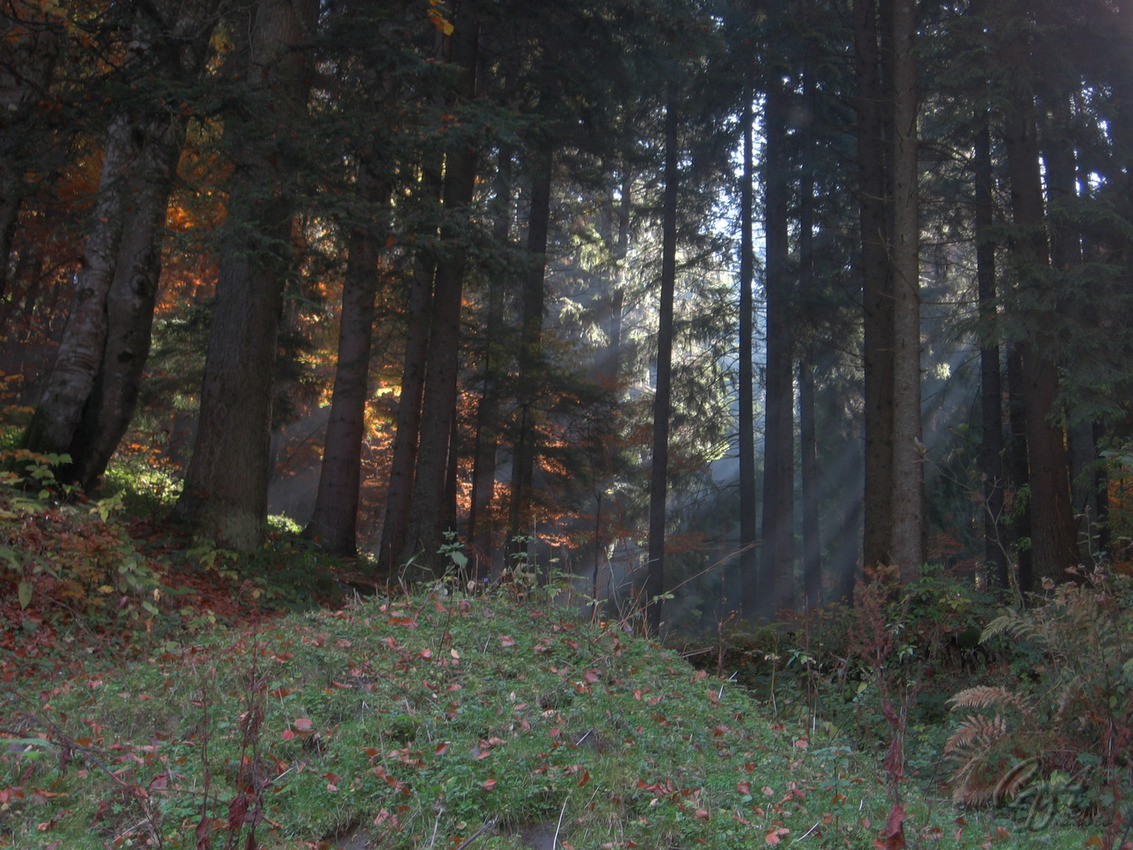The Samsung GX-20 (as Pentax K20D I guess) is great overall: very ergonomic buttons with intuitive controls, great build quality and feeling but it has some major drawbacks (in my opinion): no option for turning noise reduction completely OFF (so a 1minute exposure takes two minutes) and the bulb button has to be continuously pressed for long exposures (and these lead me to the conclusion that the 14.5MP sensor is rather noisy and the manufacturer knows that ;) ). But I really want to be able to do some night photography too, even if the camera is obviously not intended for that. I bought a Pentax infrared remote control (since the Samsung is also IR capable) but the first time I tried to shoot some stars I found that it's not practical at all - there's no locking mechanism on the remote control and I still had to keep that darn button pressed for the entire exposure time, which got me frustrated rather quickly.
But, there's also the cable release option. Since I had already spent some money on the (mostly useless) IR remote I decided not to buy a cable remote, but to make one myself. The remote control is rather straightforward (and the same way might be for Canon, Nikon, etc.). If for a Canon A530 a (USB) homemade remote control you need some power source, CHDK, and a little more work, the homebrew cable release for a DSLR needs only some circuit closing (with switches and/or pushbuttons).
Parts needed:
- some container (I used a dental floss box)
- a cable with a 2.5mm male stereo jack (or a 3.5mm jack cable and an adaptor)
- a switch (for continuous shooting and bulb mode)
- two push buttons (for shutter and auto-focus)
- tools of the trade (soldering iron, solder, pliers)
- (optional) adhesive Velcro so you can stick the remote to the camera during a long exposure.
Pinouts: ground, auto-focus button, shutter release (test it before soldering to find out which is which).
Making of my homemade DSLR cable release: stick the buttons into the box and solder the cables: ground goes to all three buttons, shutter release goes to one push-button and the switch, autofocus goes to the other push-button.
So that's it - homemade Samsung DSLR remote control !












